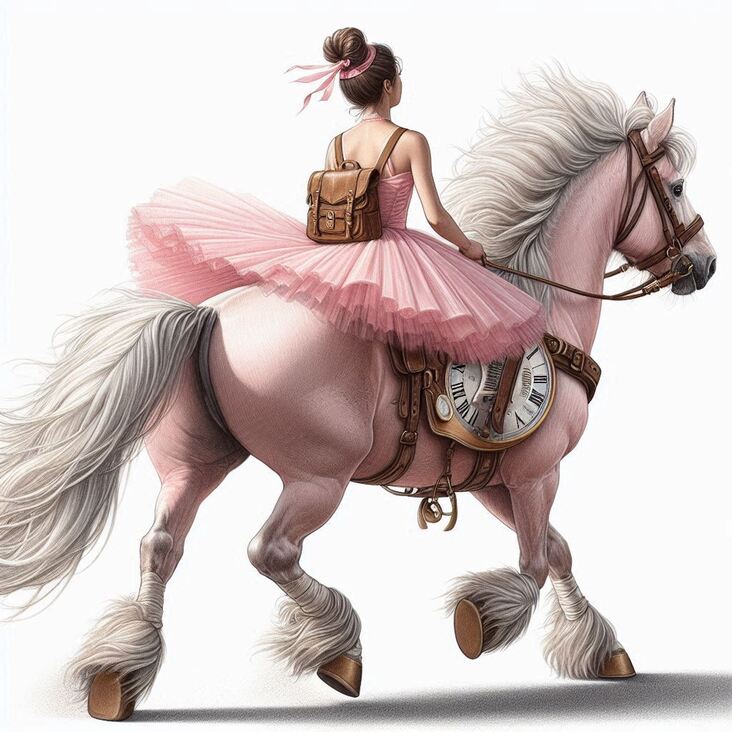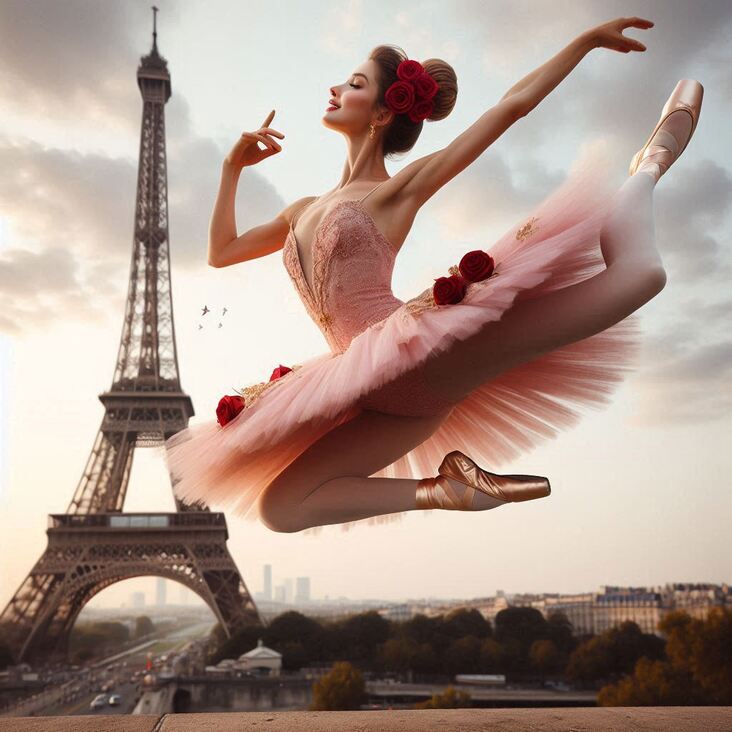
Hey everyone! Emma here, your favourite pink tutu-clad blogger, bringing you the hottest scoop from the world of ballet, straight from 1601! Yes, you read that right! This month, I'm taking you on a time-traveling adventure, not just through time, but into the very origins of ballet, which is way more exciting than those boring history lessons in school, trust me!
Now, let's rewind the clock and step back into the dazzling, vibrant era of Elizabethan England. Fancy feathered hats, sparkling jewels, and swirling silks – we’re talking major fashion inspiration, darling! And oh, those gowns! I can practically smell the fragrant rosewater and hear the tinkling of lutes in this grand era of royal balls and theatrical delights.
Back then, ballet was just getting its elegant steps together, but the royal court was all about graceful movements and choreographed displays of beauty. Imagine it: nobles in flowing velvet robes dancing across the palace floor with exquisite precision – the beginnings of a theatrical masterpiece!
But guess what? 1601 was more than just courtly dances and royal performances. The Italian dance master, Cesare Negri, published a revolutionary book, "Le Gratie d'Amore", a tome filled with detailed diagrams and descriptions of dancing techniques. Think of it as the first-ever ballet guide! Now, Negri was all about celebrating those graceful movements, just like my beloved ballet, but there was more to it. He also introduced a structured and methodical way of learning these moves – something I appreciate even as a 21st-century ballerina! This kind of methodical training is how ballet transformed from a royal pastime into an art form with specific techniques and intricate choreography.
"Le Gratie d'Amore", it’s basically a blueprint for elegant beauty, but it's much more than just that. Negri laid down the foundation for future ballet styles – think, pirouettes, leaps, and all those beautiful ballet steps we see today! He was a visionary!
Okay, imagine a little more time travel magic. What about ballet fashion in 1601? Remember, these ladies were the originals when it came to expressing their feminine charm. Think elaborate ruffs, tight bodices, and skirts so grand you'd need a palace hallway just to twirl in them! A lot like our modern ballet tutus, these extravagant gowns became more about showcasing beautiful movement than just concealing the body.
Now, even though our tutu style evolved a bit, don't we still find ourselves awed by the grace and artistry of ballet, all inspired by these pioneering figures from centuries ago? Think about the stunning costumes you see in ballet productions nowadays - those flowing skirts, those graceful lines, it's all part of a legacy built on these grand fashion statements from way back when!
But wait, there’s more! Just like my time-traveling escapades, there was a whirlwind of incredible ballet performances swirling in the world back in 1601. In France, there were grand balls featuring the “Ballet comique de la Royne”, which were truly royal extravaganzas full of dazzling dance sequences and imaginative sets.
Remember those exquisite gowns? You better believe these productions weren't skimping on costumes, darling! They were absolutely dripping with jewels, rich colours, and gorgeous designs, and imagine the dazzling headwear, fit for a queen! We're talking feathers, intricate headpieces – all part of that extravagant style I just love!
Oh, and let's not forget about Italy! There, the world of dance was heating up with shows showcasing those "galliarde” steps, which basically made ballet more energetic, more exciting, and – dare I say it - more dramatic. The dances weren't just for entertainment – they became the very essence of beauty and storytelling. You could say, in those days, the stage was becoming an elegant canvas, and dance was the artist’s paintbrush!
So there you have it, a little peek into the colourful world of ballet in 1601. Now, I've been practicing a galliarde to perform in a street ballet in my pink tutu, of course. I can't wait to bring a touch of Elizabethan flair to the modern streets of Derbyshire!
What about you? Have any of you seen an Elizabethan-style ballet production? If so, tell me all about it! And remember, don't forget to check out those elegant designs and fabulous costumes. They’re a timeless source of inspiration for my next Tutu Friday project.
Keep those twirls coming,
Emma
x

